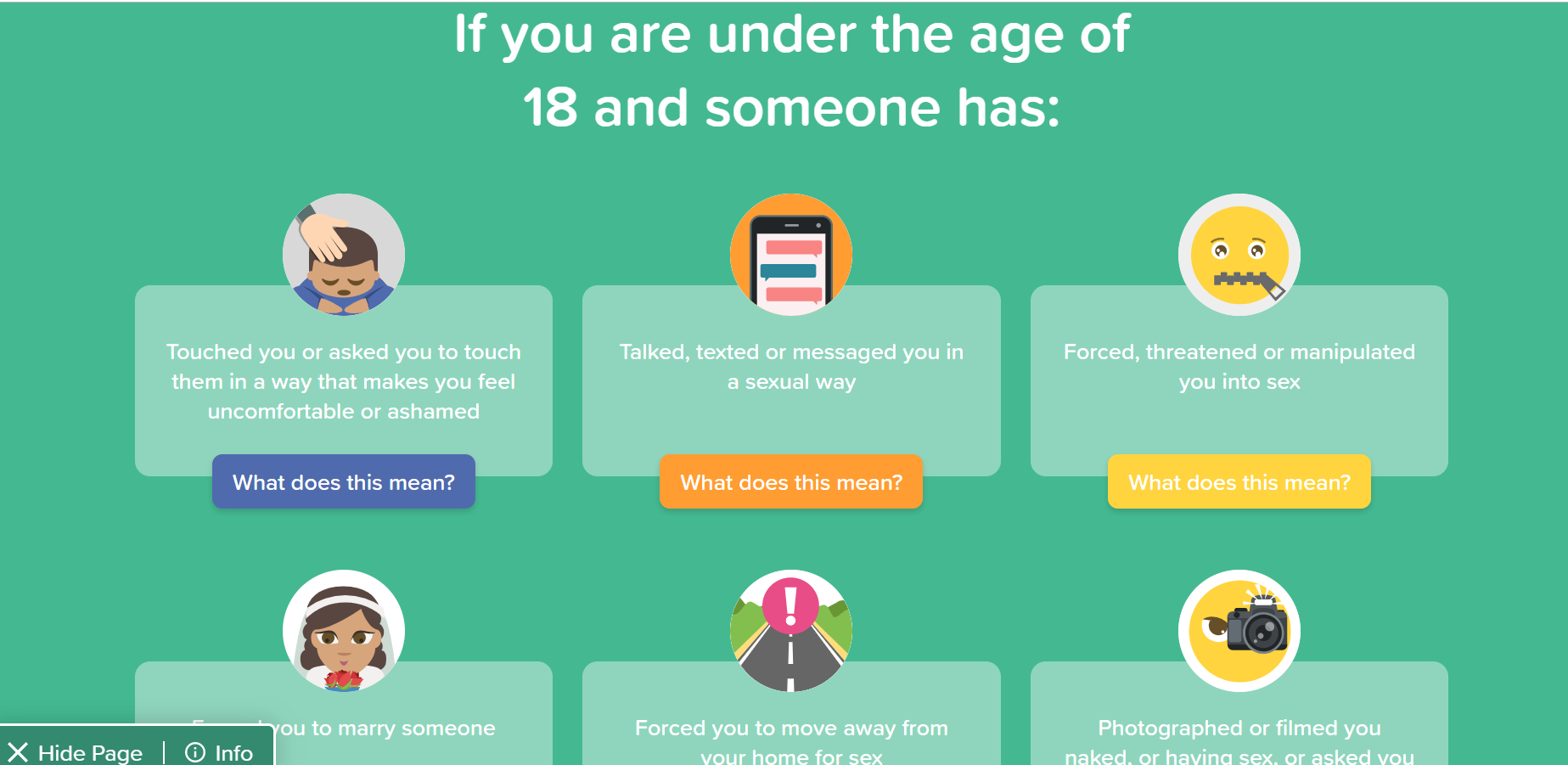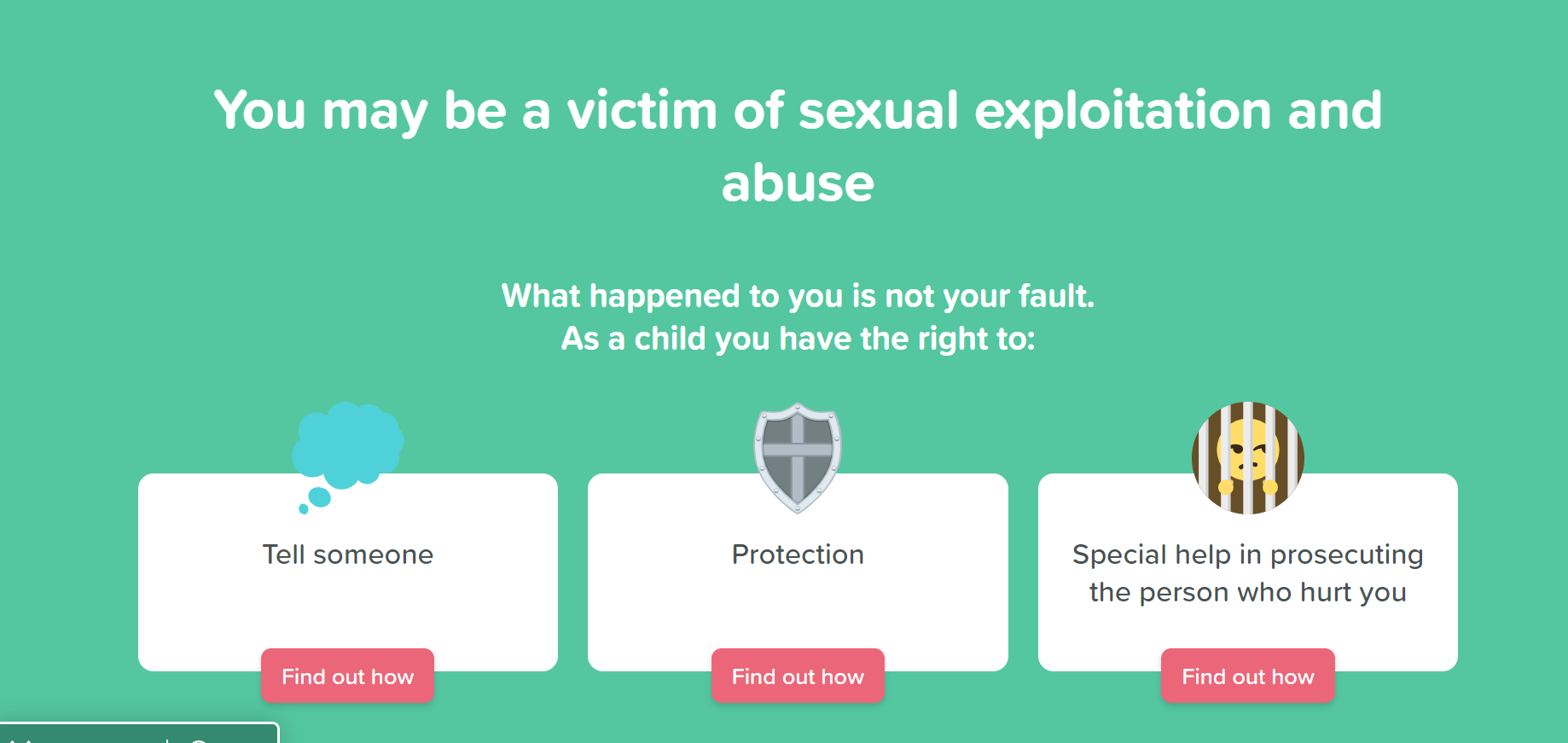Human Rights and Business Dilemmas Forum
Online ToolsThe Human Rights and Business Dilemmas Forum is specifically designed by the UN Global Compact and Verisk Maplecroft to support efforts made by businesses to respect human rights in their operations and supply chains. Explore...Read More


